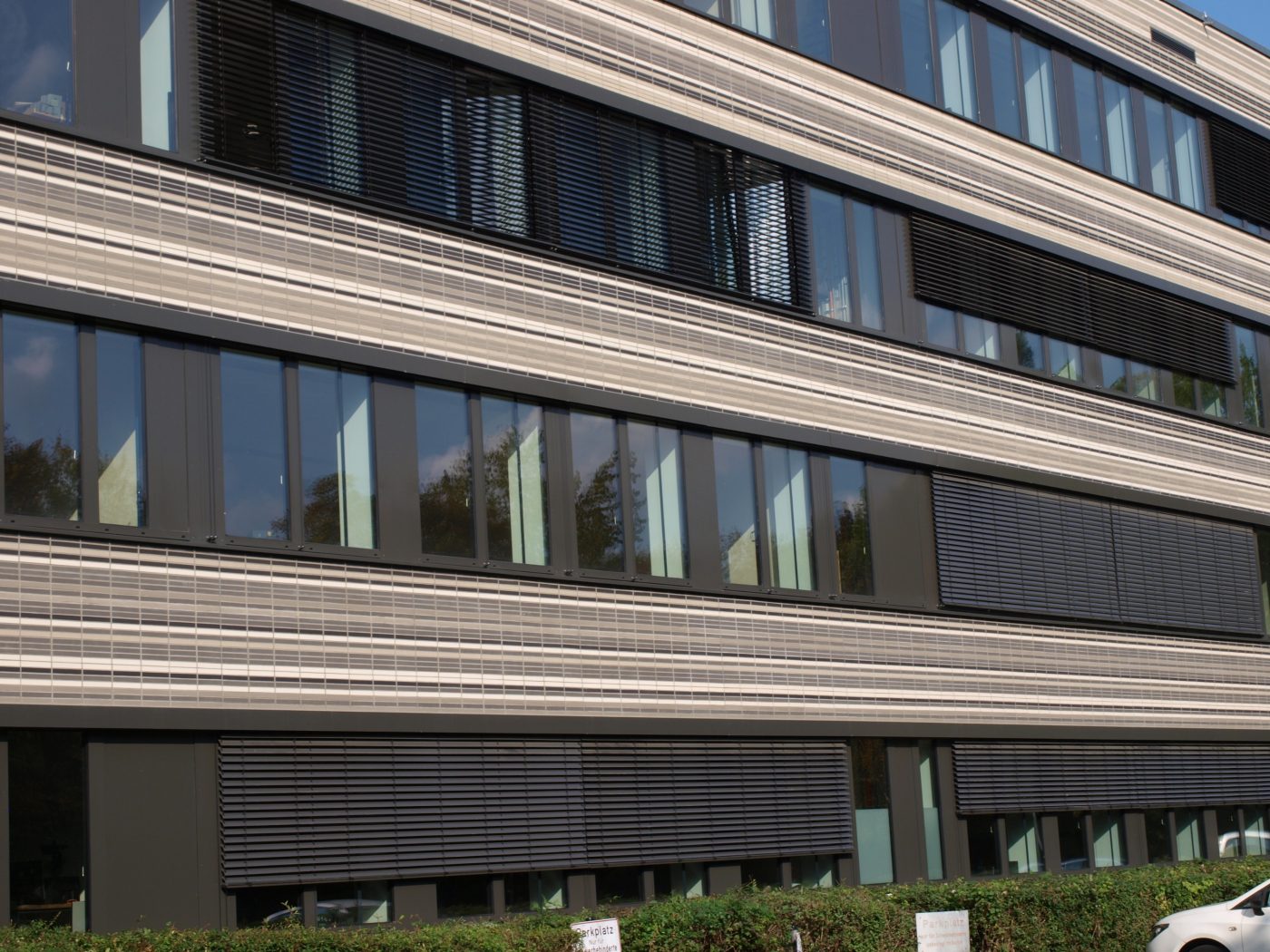Find answers to commonly asked questions about facade systems
.jpg)
.jpg)
Find answers to commonly asked questions about facade systems
A facade is the exterior face or front of a building, often designed to be visually appealing and distinctive. It serves both aesthetic and functional purposes, providing the building with a unique character and most of the time offering protection from the elements. Facades can be made of a variety of materials, all of which contribute to the overall character of the structure. In modern design, facades may incorporate advanced materials to achieve a balance between aesthetic appeal and functionality.
.jpg)
Browse our portfolio of Corium facades, order a sample or contact us today to find out more.